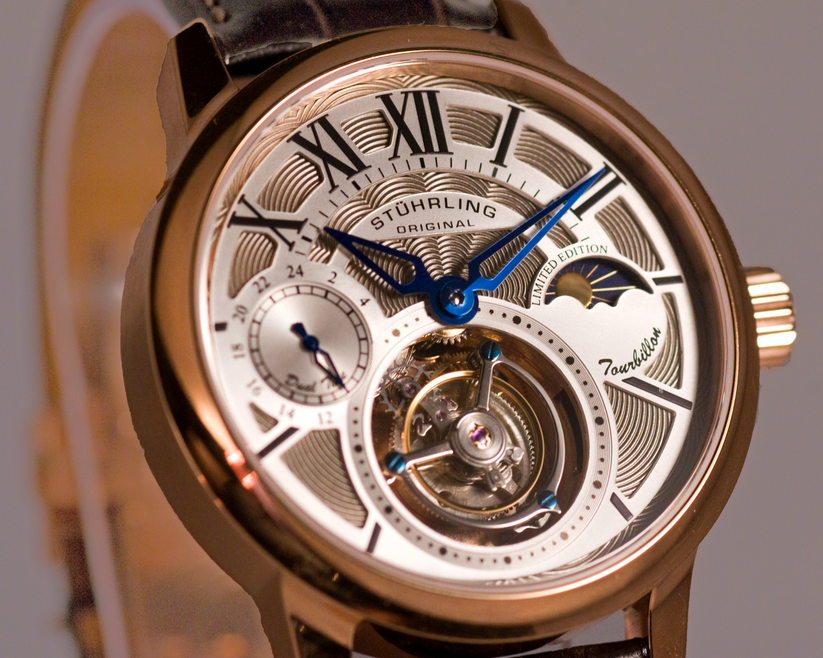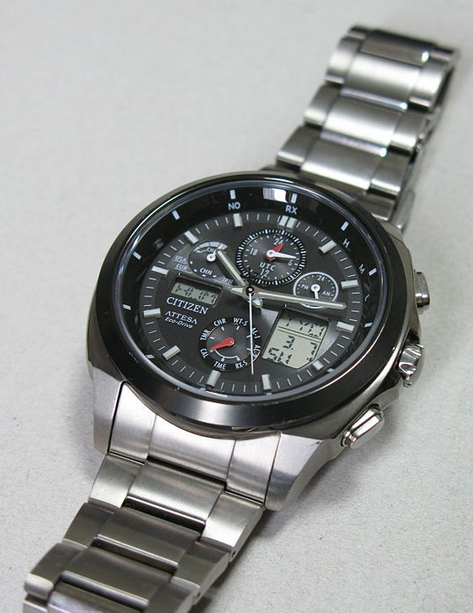Watch technology has come a long way since the first portable spring driven clocks were introduced in 15th- century Europe. The introduction of the balance spring in 17th century and the subsequent mass production of watches has made them available to more and more number of people. Entry of Automatic and Quartz watches into the market in the 18th and 20th centuries were other major revolutions in the watch making industry.
Coming to the present, different kinds of watches ranging from the spring driven watches to the very latest smartwatches are available in the market. So what is the exact difference between these watches and which of them is right for you?
Automatic and Quartz Watches
The limited scientific knowhow available at the time of developing spring and automatic watches made them prone to errors in showing the time accurately. Specialized technologies like Tourbillon which can reduce the effect of earth’s gravity on the watch’s functioning and improve accuracy were later developed. This advancements made watches more precise. Technologies like Tourbillon were highly complex and watches with this feature were very expensive when compared with normal watches (see image below). Modern spring and automatic watches from luxury brands like Breguet still sport this feature as buyers prefer to pay for the complexity associated with such watches. Despite their higher price tag, spring and automatic watches need to be serviced regularly which involves additional costs. Automatic watches have a limited energy backup of 48 hours and will stop working if not used regularly or wound with a watch winding machine.

The true revolution in the watch making industry came in the year 1969 with the introduction of quartz watches by Seiko. Quartz offered excellent accuracy for a very cheaper price. The result was that watches became affordable and a lot more number of people started using them. One single issue with Quartz watches was that they are battery powered and these batteries needed to be replaced periodically (generally once in a year or two). This problem was subsequently solved with the introduction of automatic quartz and light powered (solar) quartz watches in the 1980s. Seiko’s ‘Kinetic’ brand of automatic quartz watches and Citizen’s ‘Eco-Drive’ brand of light powered quartz watches are the most well known names in the market. Though priced higher than the regular Quartz watches, automatic and light powered Quartz watches can recharge their batteries on their own through body movements and light. They also have highly sophisticated features like ‘Radio Control’ which sets the correct time everyday by wirelessly connecting to the time stations run by the government.
Quartz watches have the same level of accuracy as that of higher priced spring and automatic watches. Priced features like perpetual calendar and chronograph too are available in slightly higher priced quartz watches. For people who want a high quality watch for time keeping, a normal quartz watch will suffice. But if you are a person who see your watch as a symbol of status and can afford to pay for it, luxury automatic and spring watches are what you need to be looking for. Other than the complications, luxury watches are known for their craftsmanship and are made with precious metals which make them exclusive. Luxury brands like Patek Philippe also make high priced Quartz watches for people who don’t want the hassle of winding their watches regularly.
As for the Smartwatches, their utility is not yet proven. The expected entry of big technology companies like Apple into this segment might spruce up the market for this still niche segment.









3 comments
veste Homme moncler says:
Nov 30, 2013
Howdy would you mind stating which blog platform you’re working with?
I’m planning to start my own blog in thee near future but
I’m having a difficult time deciding between BlogEngine/Wordpress/B2evolution and
Drupal. The reason I ask is because your design and style
seems different then most blogs and I’m looking for something completely unique.
P.S Apologies for getting off-topic but I had to ask!
Julissa says:
Apr 18, 2014
I blog frequently and I truly appreciate your content. The article has really peaked my interest. I will take a note of your website and keep checking for new information about once per week. I opted in for your Feed too.
general electric servisi says:
Mar 16, 2015
Attractive portion of content. I just stumbled upon your blog and in accession capital to say that I acquire
in fact loved account your weblog posts. Any way I’ll be
subscribing for your feeds and even I achievement
you get entry to consistently quickly. wlan repeater test